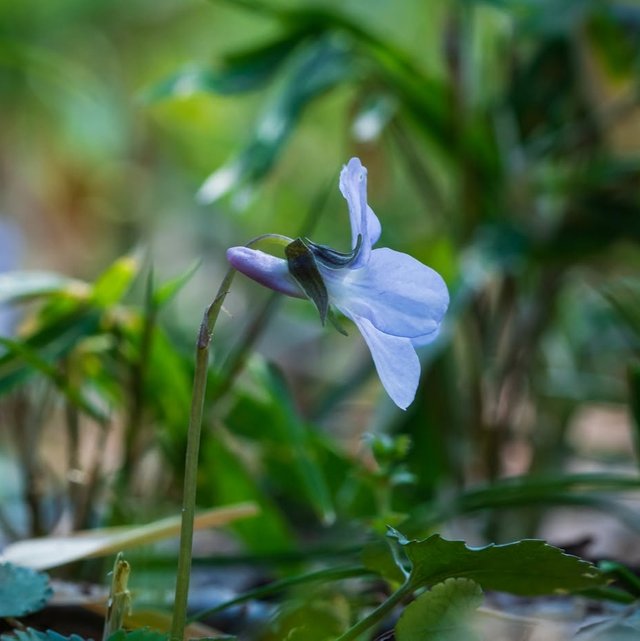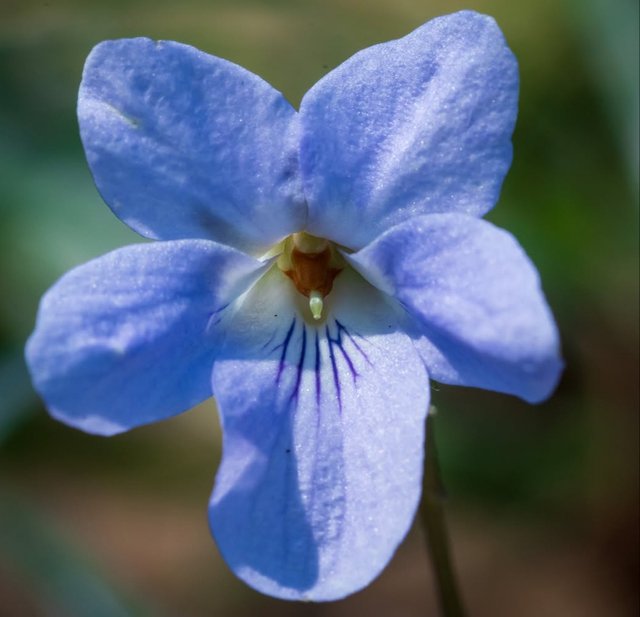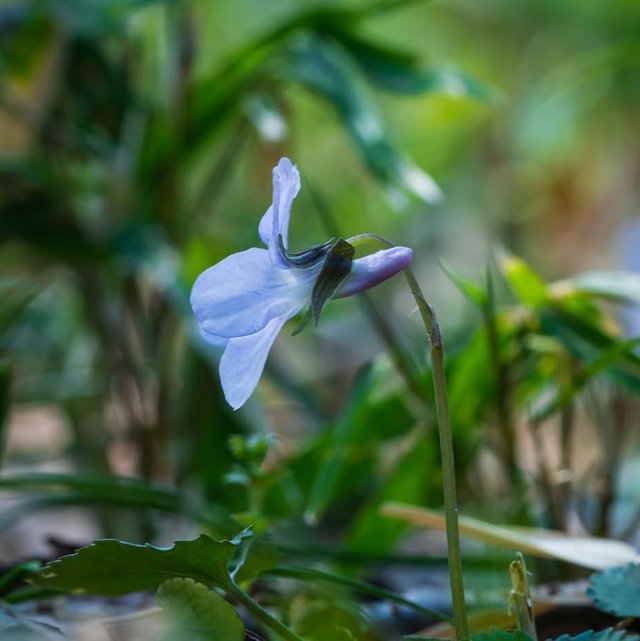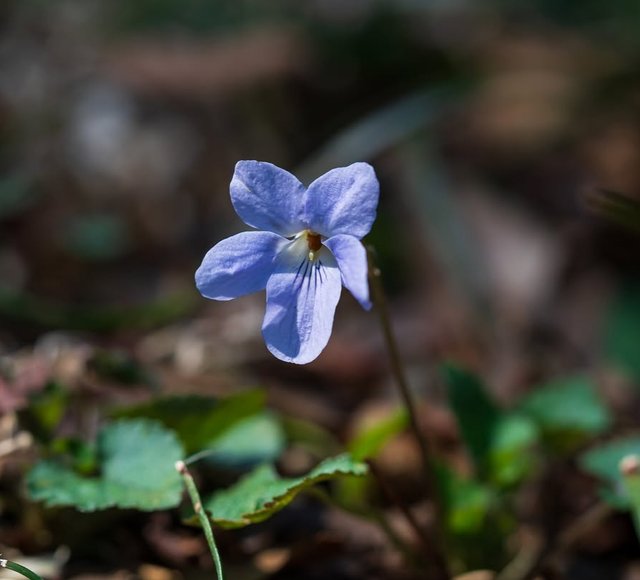Viola Selkirkii Flower Wonderful
Viola selkirkii: The Hidden Gem of the Northern Forests
Nestled in the cool understories of temperate forests, Viola selkirkii, also known as Selkirk’s violet or great-spurred violet, is a delicate and lesser-known member of the violet family. Though it might not command attention like the flashier garden pansies or the commonly spotted Viola odorata, Viola selkirkii holds a quiet charm and ecological importance that make it a plant well worth knowing.
Taxonomy and Naming
Viola selkirkii was named in honor of Thomas Douglas, the 5th Earl of Selkirk, a Scottish philanthropist and naturalist with a keen interest in North American flora. The plant was first described in the early 19th century, and it belongs to the large and diverse Viola genus, which includes over 500 species worldwide. Viola selkirkii stands out among them for its distinct leaf shape and habitat preferences.
Description
This small, perennial herb rarely grows taller than 10 cm, making it easy to overlook on a casual woodland walk. Its leaves are broadly heart-shaped with deep sinus notches and a characteristic bluish-green hue. The flowers, which bloom in late spring to early summer, are a soft bluish-violet with darker veins that act as nectar guides for pollinators.
One of the most distinguishing features of V. selkirkii is its long, slender spur—a tubular extension of the lower petal that holds nectar and sets it apart from more common violets with shorter spurs.
Habitat and Distribution
Viola selkirkii is a circumboreal species, meaning it’s found in northern temperate regions across the globe, including parts of North America, Europe, and Asia. In North America, it's more commonly found in the Appalachian Mountains, the Great Lakes region, and into Canada and Alaska.
The plant thrives in moist, shaded forests, often favoring rich, humus-laden soils near streambanks or in cool ravines. It is especially fond of mossy areas, often growing nestled among rocks or fallen logs in undisturbed woodlands. Because of its sensitivity to changes in habitat, V. selkirkii can be an indicator species for healthy, mature forest ecosystems.




%20(9).jpeg)